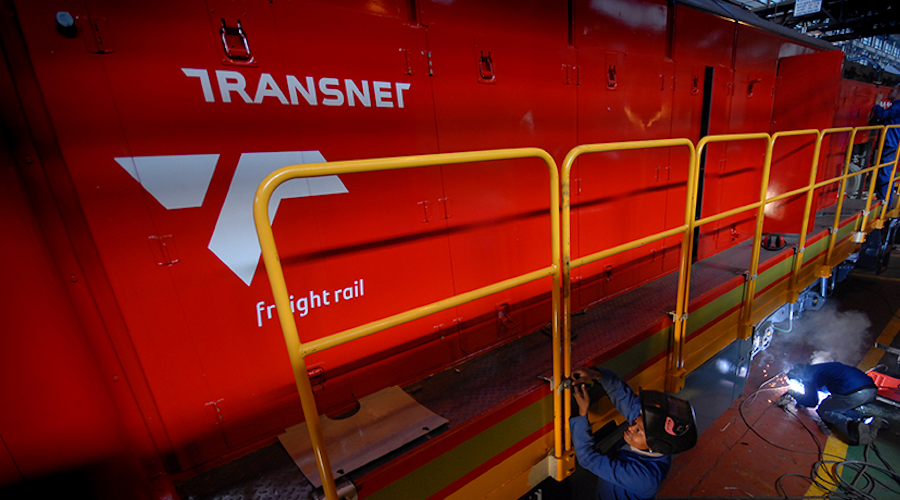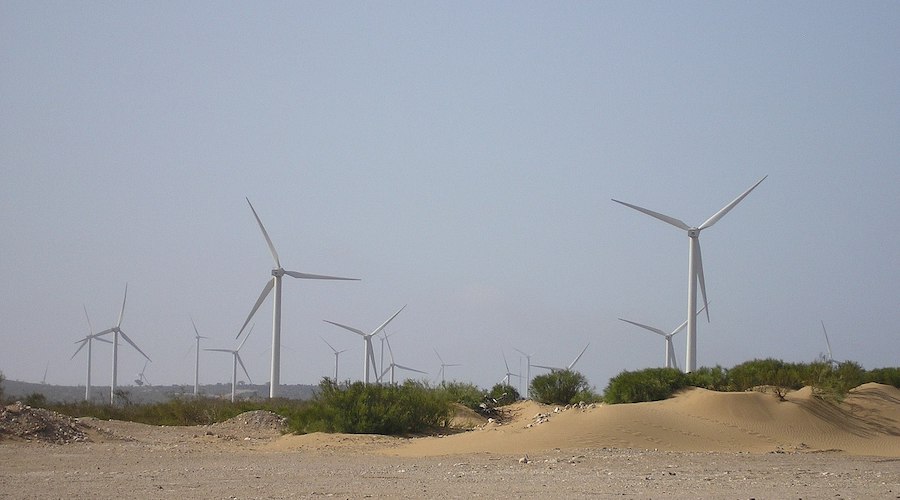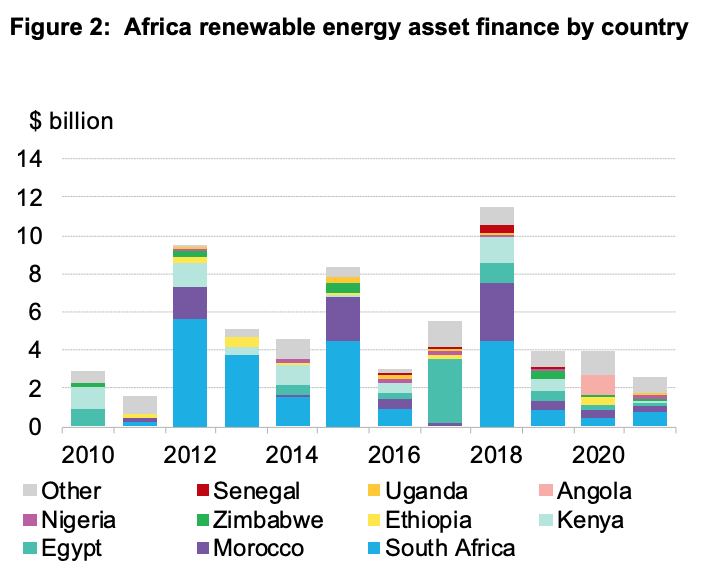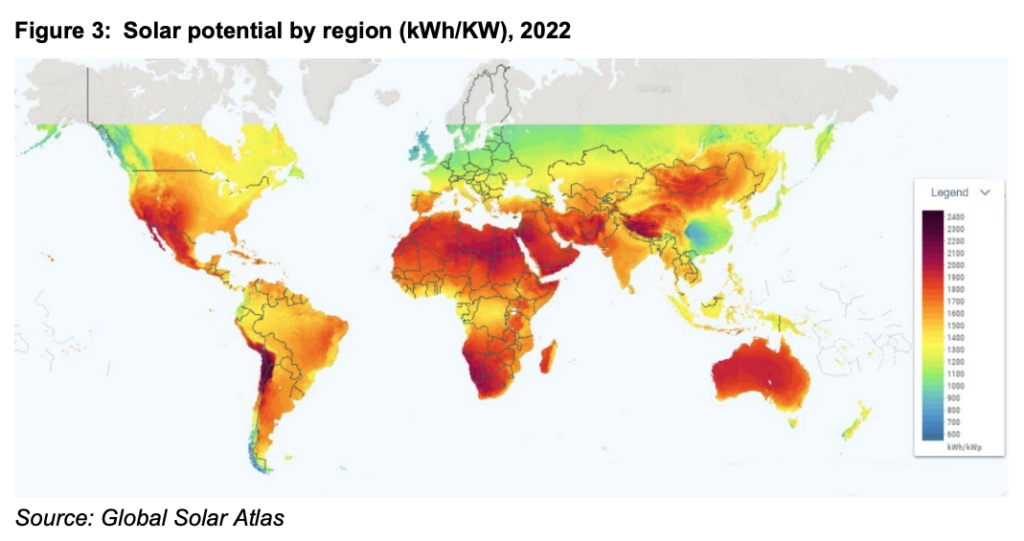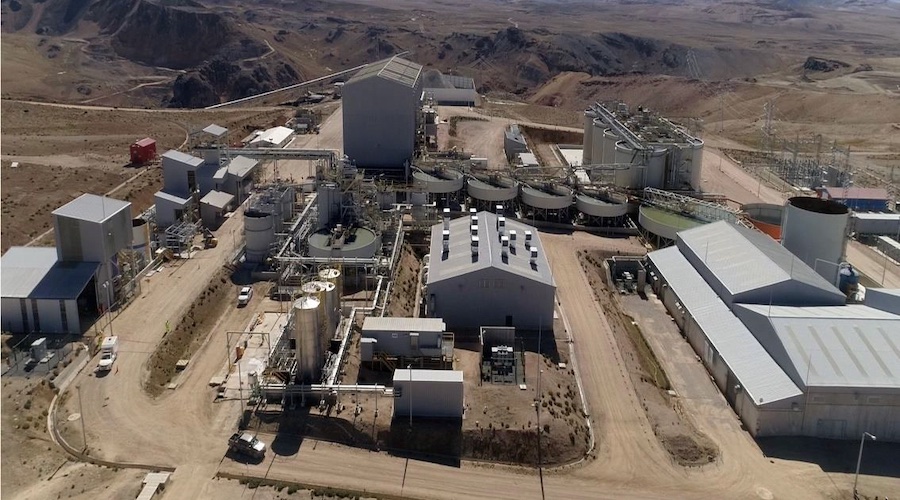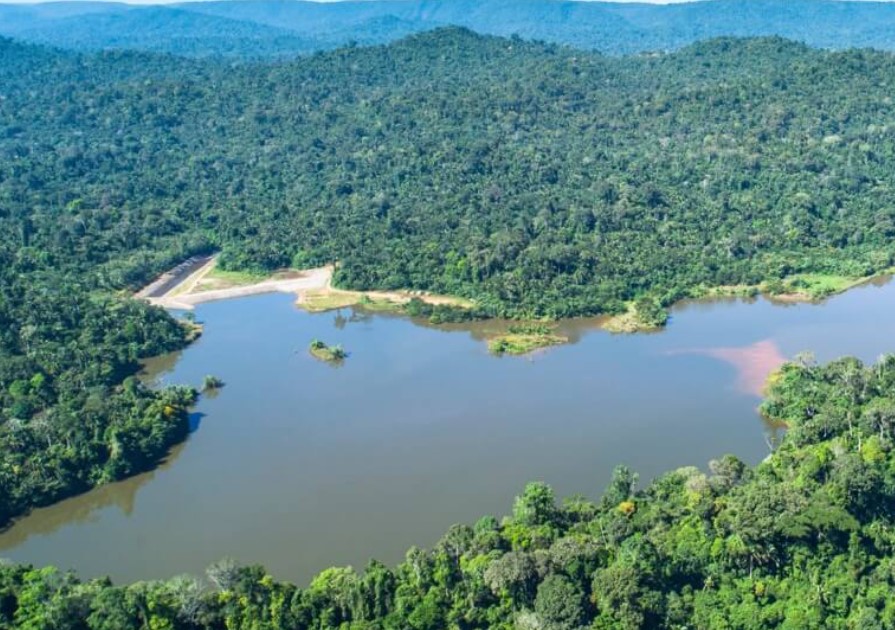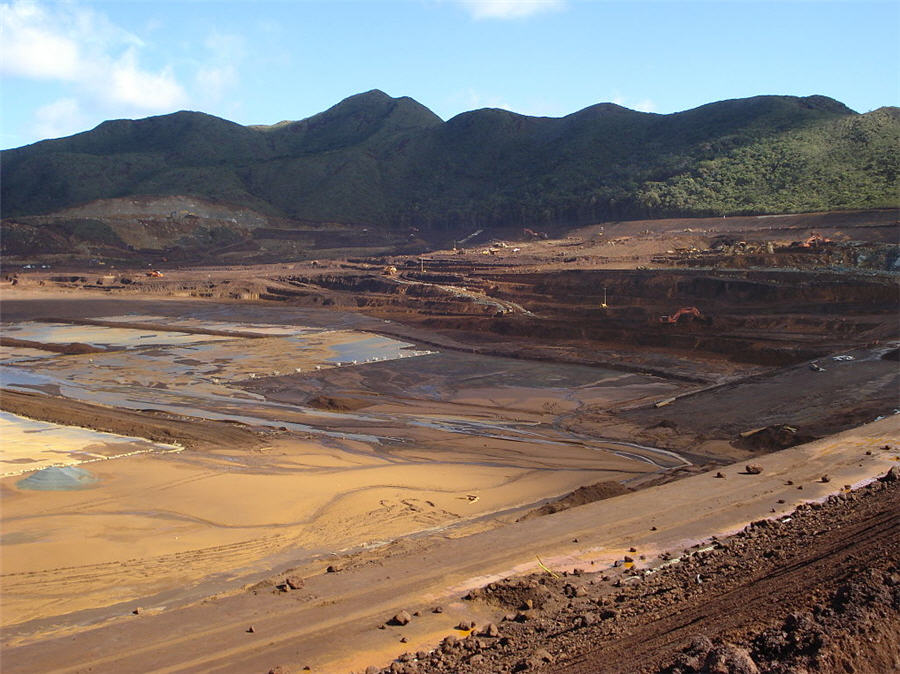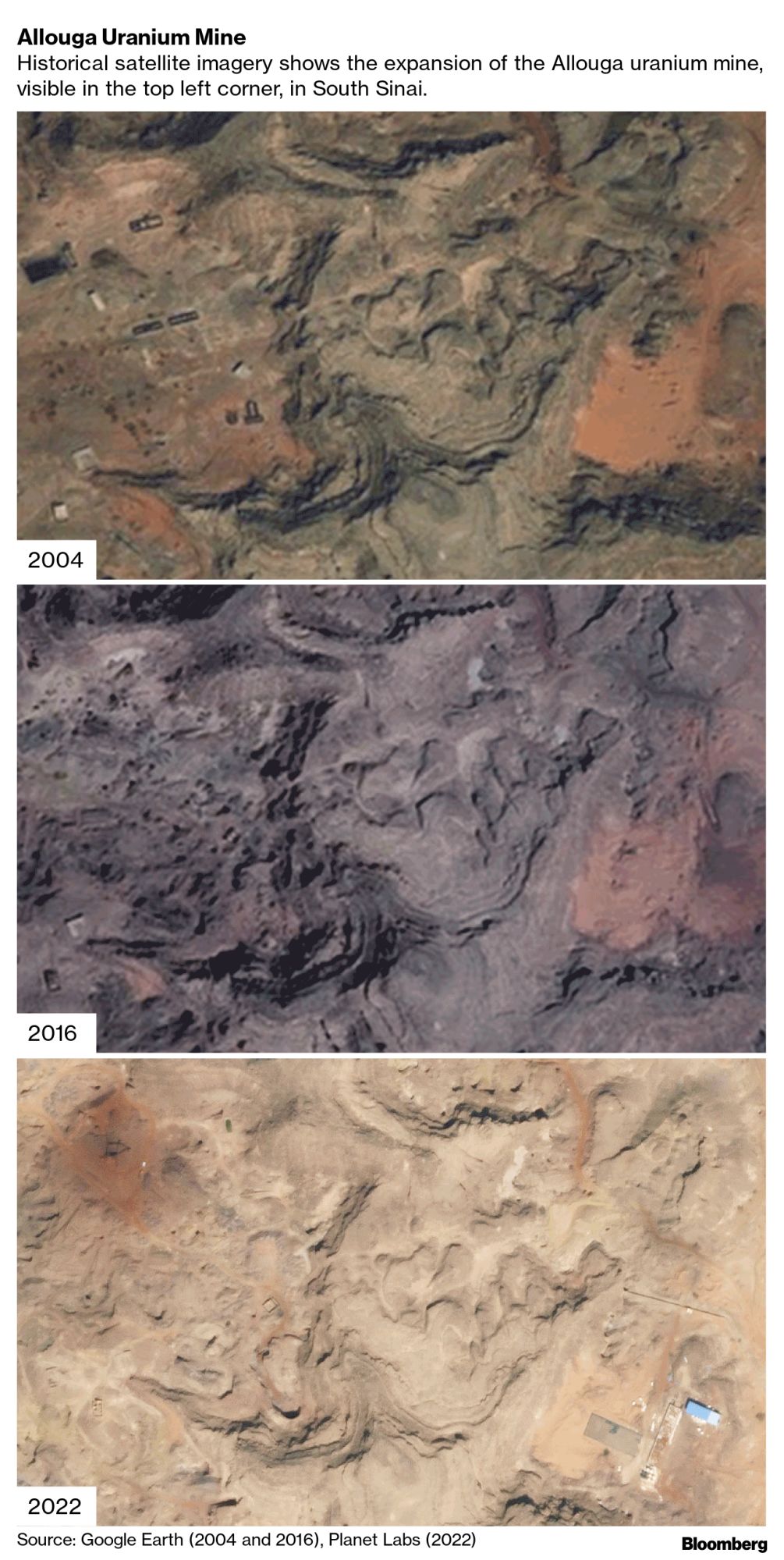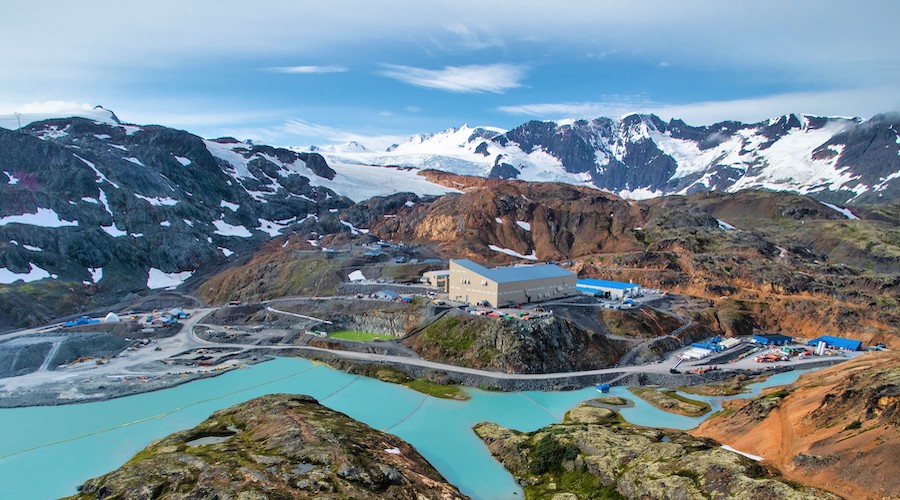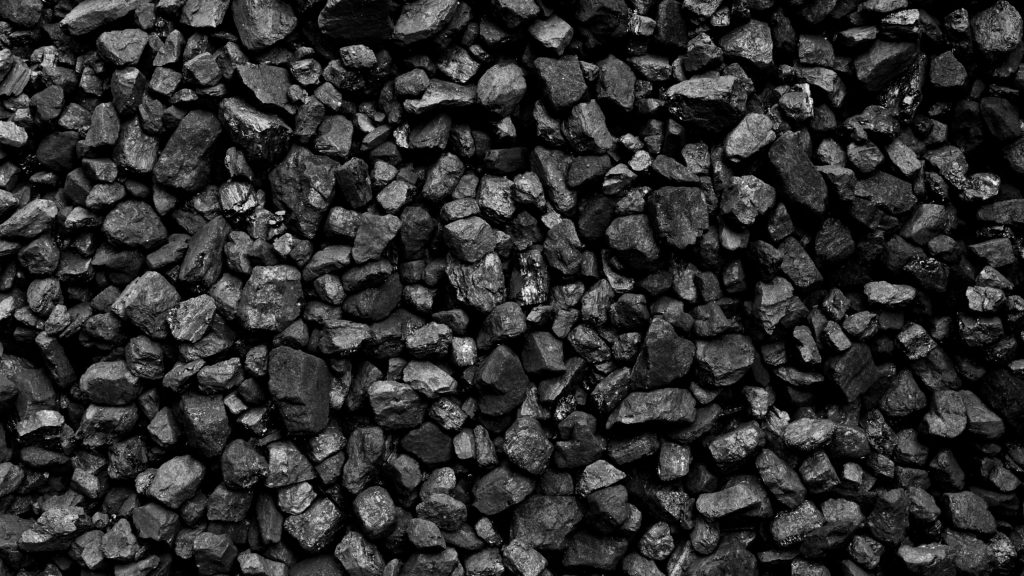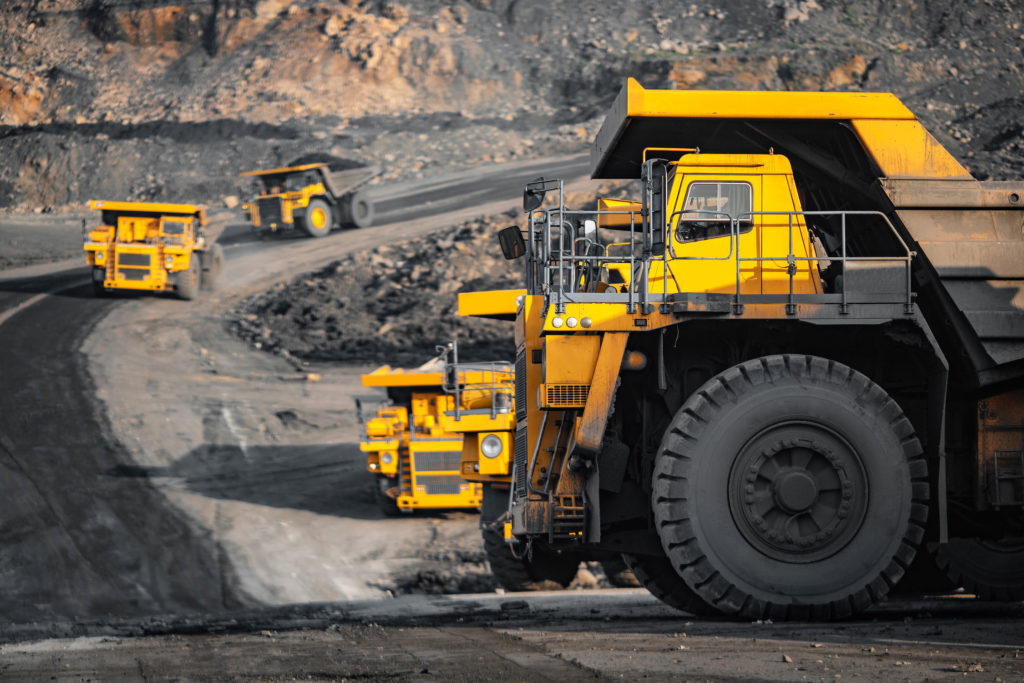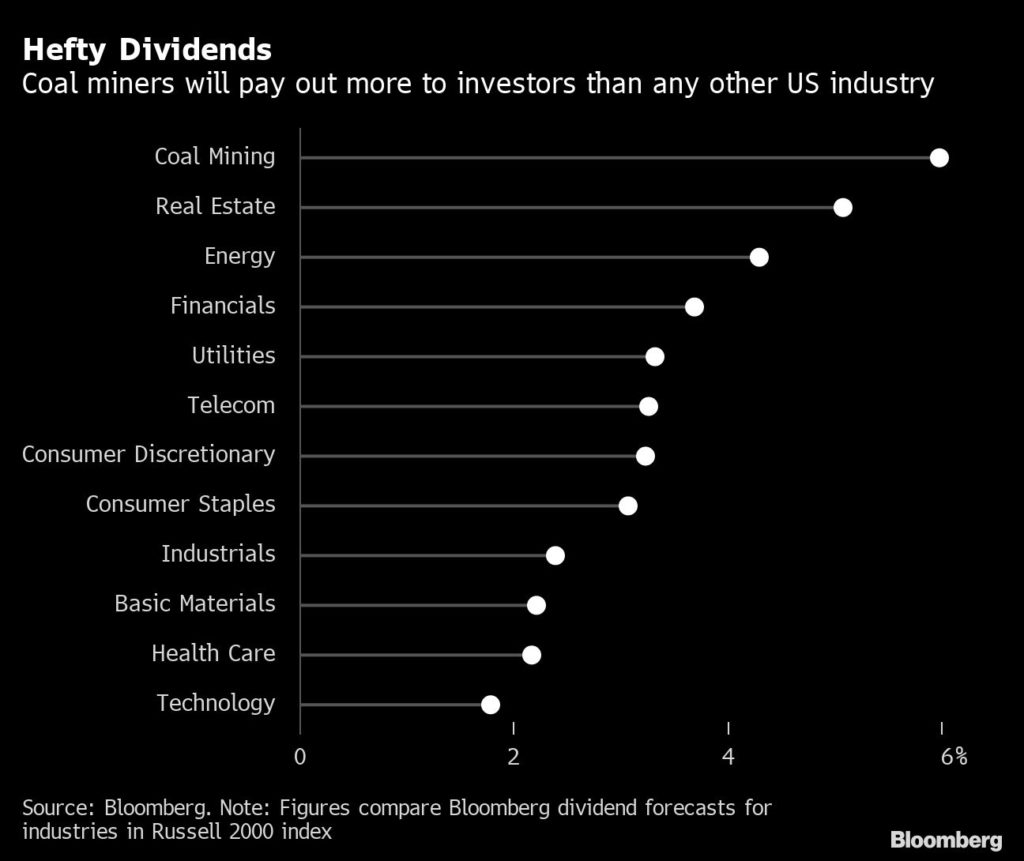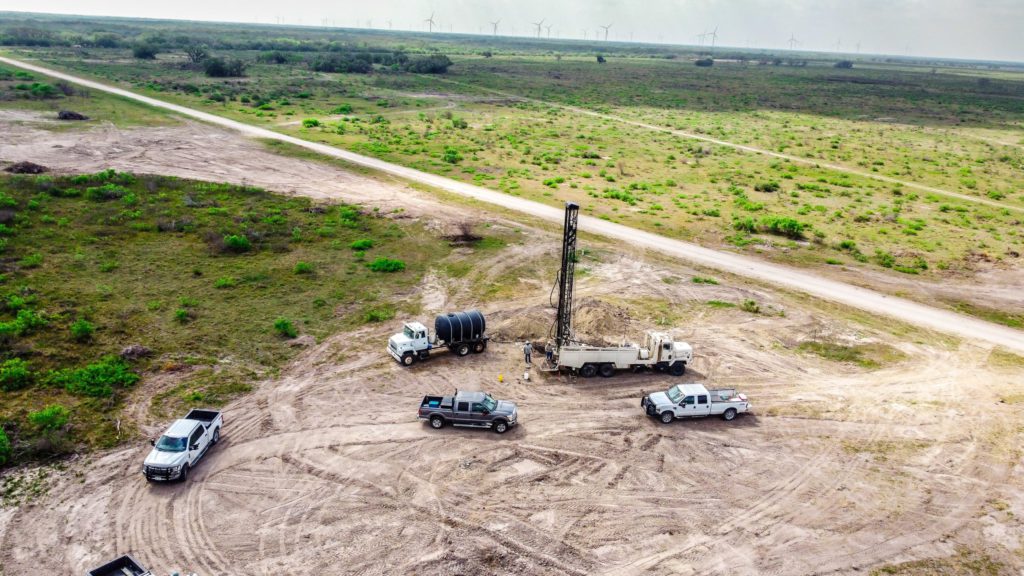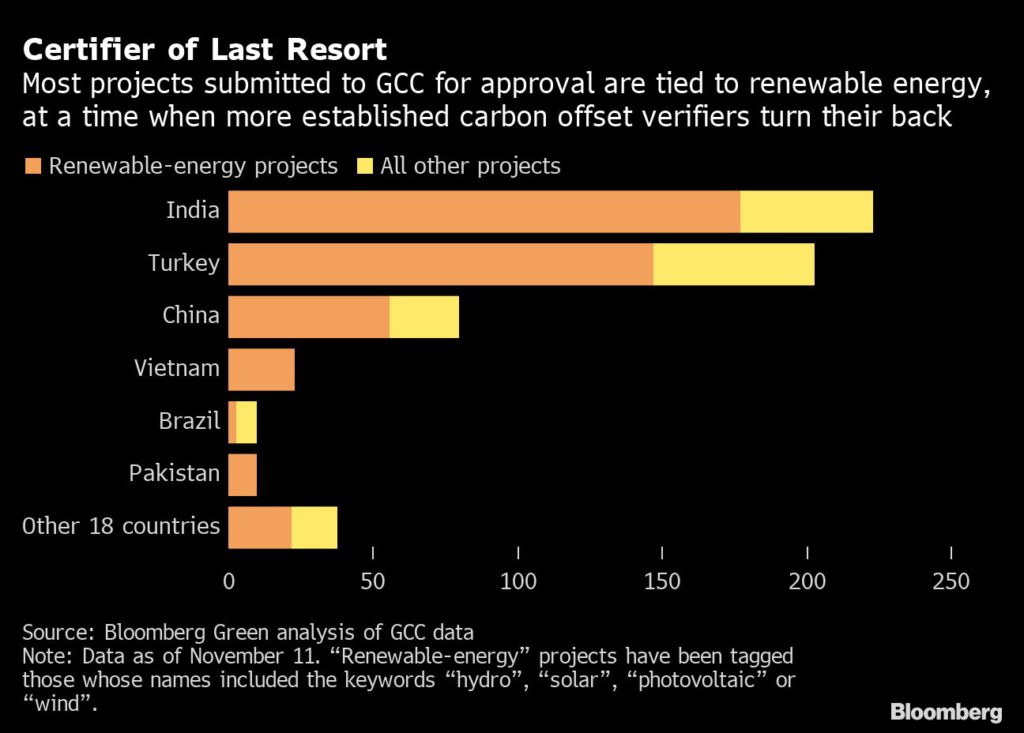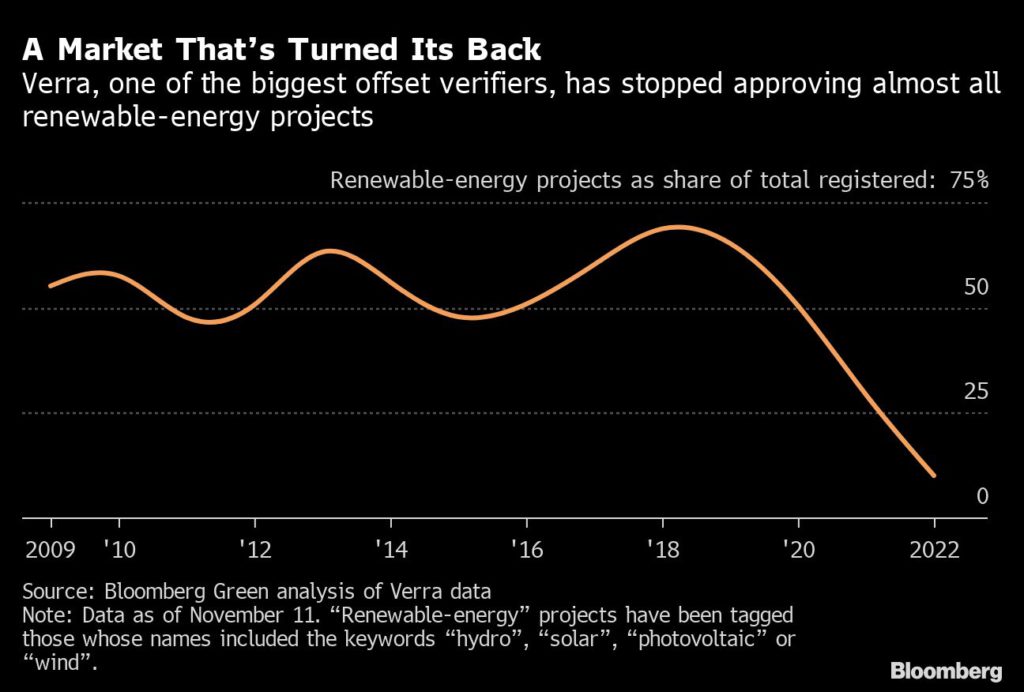Twitter's crypto head and staff resign in mass Musk exodus
, Bloomberg News
Nov. 18,2022
The head of Twitter Inc.’s crypto development team has left the company, part of a mass exodus of employees since new owner Elon Musk issued a blanket ultimatum to staff.
Tess Rinearson, who was tapped to spearhead Twitter’s crypto team last year, posted a tweet late on Thursday with the salute emoji, followed by a blue heart -- the former being a symbol for departing Twitter employees to signal their goodbyes.
Rinearson also changed the Twitter bio on her now private account to “did not click the button”, referring to Musk’s requirement for all remaining staff to opt in to remain employed at the firm by clicking “yes” on a form before Thursday’s 5 p.m. Eastern Time deadline. If they did not respond, employees were offered three months’ severance.
She wasn’t the only exit from Twitter’s crypto unit that day, with Hamdi Allam, a senior software engineer on the project, also posting a tweet to say he’d left the business. Both didn’t immediately respond to requests for comment.
Earlier on Thursday, so many employees had either decided to leave the firm or been dismissed that Twitter abruptly shuttered its offices. Musk had told staff to either accept his proposed “hardcore” work environment or leave, though in the final hours before the deadline, he tried to convince some key executives to stay.
Under Rinearson’s leadership, Twitter had implemented a tool allowing crypto art collectors to link a nonfungible token to their profile pictures, distinguishable by their hexagonal shape on users’ accounts. Rinearson was previously vice president of engineering at blockchain development firm Interchain, working on projects like Cosmos.
The future of Twitter’s crypto ambitions remained unclear on Friday, along with the social network’s ability to continue operating normally due to the amount of staff that had left the firm.






